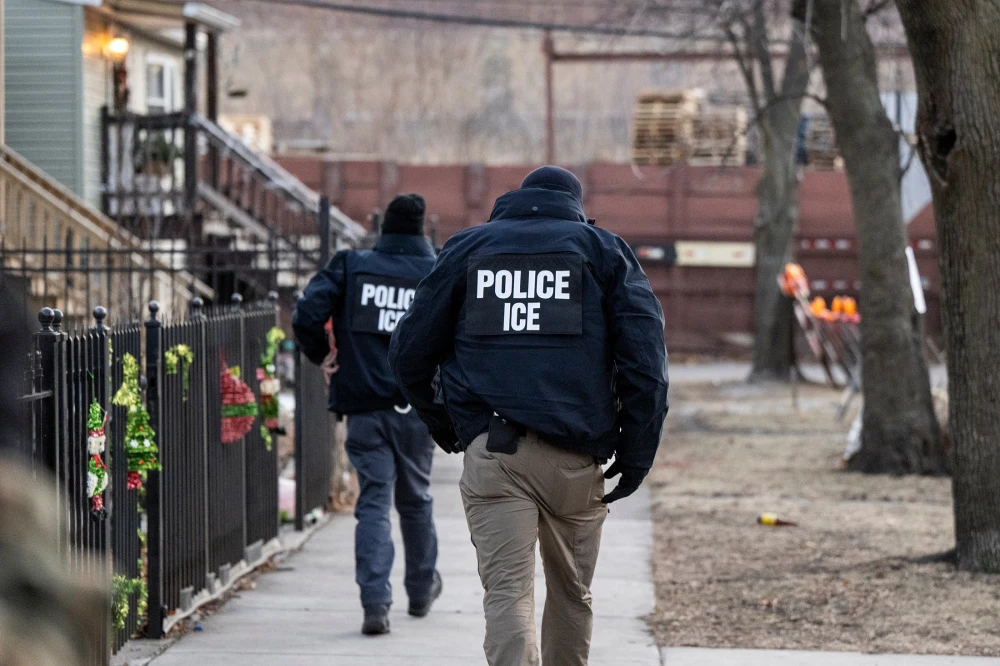The Trump administration has launched one of the most aggressive crackdowns on illegal immigration in U.S. history.
Immigration and Customs Enforcement (ICE) agents have arrested nearly 8,000 migrants since Trump returned to the White House.
But with legal barriers and capacity constraints, many of those arrested are already back on U.S. soil. What’s really happening behind the scenes? Let’s break it down.
ICE Overwhelmed: Too Many Arrests, Not Enough Space
ICE detention centers are packed beyond their limits. The agency has just 41,500 beds nationwide, yet thousands of migrants continue to be detained daily.
The law prevents ICE from holding certain individuals indefinitely, especially if their home countries refuse to take them back.
As a result, many detainees are being released under monitoring programs, wearing ankle monitors, wristbands, or checking in via telephone.
Trump is exploring a controversial move to speed up deportations. He wants to invoke the 1798 Alien Enemies Act, a law originally designed for wartime scenarios.
If enforced, this act could allow mass deportations without due process.
Critics argue that using this law for immigration enforcement would be unconstitutional and face major legal battles.

Arrests Skyrocket: ICE Now Targets Schools and Hospitals
ICE agents are operating with more authority than ever before. Reports show that nearly 1,000 people are being arrested each day—triple the previous average.
Immigration enforcement is expanding into areas once considered off-limits, such as schools, hospitals, and places of worship.
These changes are sparking national debates on human rights and due process.
As detention centers reach capacity, the administration is securing new facilities, including Guantanamo Bay, Cuba, and a military base in Colorado.
This expansion has drawn sharp criticism from human rights organizations and lawmakers, who argue that such moves resemble wartime strategies rather than peacetime immigration enforcement.
Legal Challenges Loom: Can Trump’s Plan Survive?
Trump’s immigration crackdown is already facing legal hurdles. Immigration courts are drowning in a backlog of 3.6 million cases.
Mass deportations would require bypassing these courts—a move likely to be challenged in federal court.
Legal experts predict a drawn-out battle over whether Trump can use emergency powers to reshape immigration policy.

Final Thoughts
The future of immigration policy under Trump remains uncertain. If legal challenges succeed, his plan could stall.
But if he finds a way around the courts, the U.S. could see the largest mass deportation effort in modern history.
With immigration at the center of national debate, the next few months will be crucial in shaping America’s future.
Trump’s immigration crackdown is setting the stage for a legal and political showdown. As ICE pushes its limits, critics and supporters alike brace for what comes next.
Whether this effort succeeds or collapses under legal scrutiny, one thing is certain—America’s immigration system is at a crossroads.







